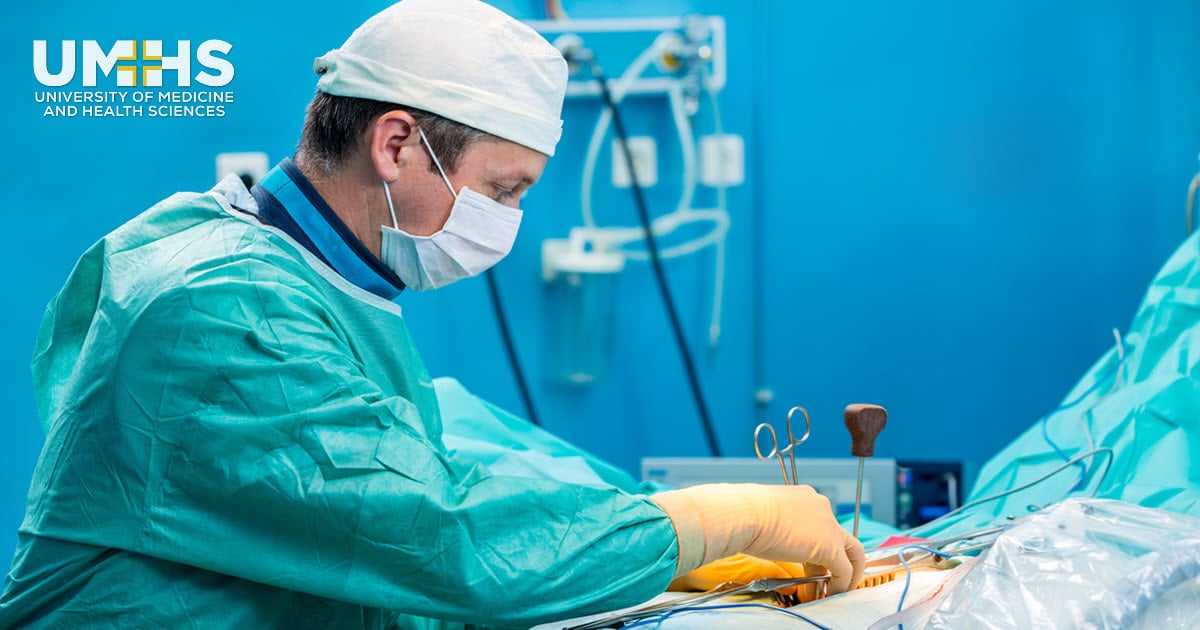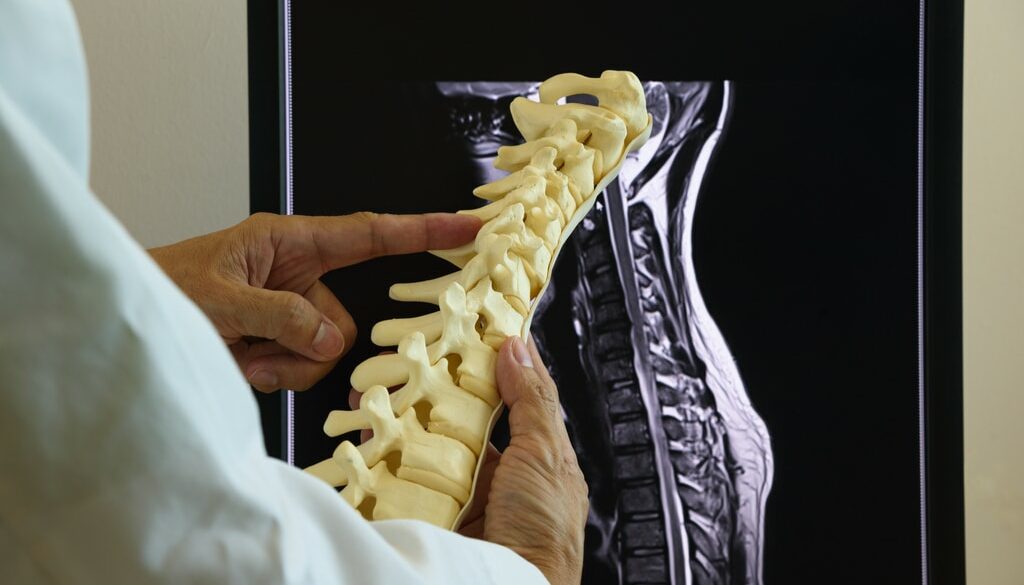The Best Strategy To Use For Axis Spine And Orthopedics
The Best Strategy To Use For Axis Spine And Orthopedics
Blog Article
The Definitive Guide to Axis Spine And Orthopedics
Table of ContentsNot known Facts About Axis Spine And OrthopedicsFascination About Axis Spine And OrthopedicsThe 30-Second Trick For Axis Spine And OrthopedicsExamine This Report on Axis Spine And Orthopedics
An orthopedic cosmetic surgeon is a doctor that specializes in dealing with problems of the bones, joints, and connective tissues, and guaranteeing you maintain a healthy musculoskeletal system., we have actually highly certified orthopedic doctors that are capable of dealing with patients of all ages. I got entailed in research study during my first year of clinical school, and I started making links with orthopedic cosmetic surgeons early on.
Review the post-operative care plan with your specialist. Set up for transport to and from the healthcare facility on the day of surgical procedure.
The Axis Spine And Orthopedics Statements

Your doctor will provide plenty of information regarding post-operative treatment, consisting of how to remain tidy and maintain the surgical area tidy. Complying with these suggestions can prepare you physically and mentally for your orthopedic surgery. Keep in mind to maintain a favorable outlook and count on your clinical group's knowledge, adding to a smoother healing process.

Otherwise, you'll simply get puzzled. Consider the big photo. Nobody anticipates you to understand anything, so do not try to memorize a lot of random truths. Whether you're following your children, taking on hiking tracks, or showing off your finest dance moves, keeping your bone and joint system in excellent shape is crucial. Otherwise, joint pain can really screw up your life.
Typical problems treated by orthopedic specialists are: Fractures and Bone Injury: Broken bones and other injuries from accidents or effects. Bone Cancer: Growths in the bones. Orthopedic Trauma: Severe injuries affecting bones, joints, or soft tissues.
Sprains and Strains: Injuries to ligaments and muscles. Tendinitis: Swelling of the ligaments. Orthopedic specialists execute a variety of treatments to aid individuals with bone and joint issues. Usual instances are knee and hip replacements. Joint Repair: Restoring a harmed joint to restore its feature. Bone Grafting: Taking bone from one component of the body and transplanting it to an additional location to fix and rebuild harmed bones. Reconnecting Nerves: Repairing damaged nerves to restore activity and sensation. Spinal Disk Replacement: Changing a harmed spine disk with an artificial one to relieve discomfort and recover feature. You'll need to take and pass the Medical University Admission Test( MCAT). This standardized test assesses your expertise and skills necessary for success in medical institution. Clinical institution is an intense

Axis Spine And Orthopedics for Dummies
Next, they complete an orthopedic residency. It's generally 5 years and offers hands-on discovering in a clinical setup. Restricted activity because of discomfort. Rigidity. Consultations usually include: Discussing your signs and symptoms, medical background and way of life. A physical examination, consisting of moving the affected joint in particular methods. Imaging researches, such as an X-ray. Description of your diagnosis.
Therapy recommendations. Some conditions need additional imaging, like a CT check or MRI for more extensive sights of the agonizing location. Your orthopedist will certainly recommend treatments to reduce signs and symptoms till you get a diagnosis. Orthopedic specialists concentrate on nonsurgical and medical strategies. For sure types of orthopedic trauma or hereditary problems, surgical procedure is typically the very first line of treatment. For the majority of other conditions, orthopedists attempt nonsurgical therapies. It may take more than one kind of treatment to attain long lasting alleviation. Picking the right is essential for successful medical outcomes and enhanced patient healing. With a wide variety of options offered in the marketplace, it can be frustrating for both cosmetic surgeons and people to make an educated decision. The top five factors to take into consideration when picking an orthopedic dental implant are medical compatibility, cost-effectiveness, factors to consider for revision surgery, patient-specific variables, and the layout and advancement of the implant. They are available in different shapes, dimensions, and materials, each serving a specific objective based upon the client's demands. Understanding the fundamentals of orthopedic implants is vital prior to diving right into the decision-making procedure. One of the leading considerations when selecting an orthopedic implant is its compatibility with the operation. Different implants are made for various surgical strategies and approaches. The orthopedic dental implant must be especially created to fit the individual's makeup and make certain security during the healing procedure. Surgical compatibility involves elements such as dental implant size, shape, and product. The success of orthopedic treatments depends greatly on the correct selection and positioning of implants that are compatible with the individual's anatomy and clinical background. By prioritizing individual security and wellness, orthopedic surgeons can attain effective end results and provide the finest of like their people. Specialists must thoroughly take into consideration the biomechanical residential or commercial properties of the dental implant and exactly how it will incorporate with the patient's bone structure. This will contribute to much better surgical outcomes, lowered difficulties, and shorter recovery time. When selecting implants for a patient, it is important to think about a selection of patient-specific aspects that can affect the success and result of the treatment. These factors encompass the patient's age, bone top quality and amount, dental health standing, case history, way of living routines, and aesthetic preferences. For older people with compromised bone thickness, shorter implants or grafting procedures may be useful to supply the required stability and support. 3. Is the dimension of the orthopedic dental implant a critical factor to consider? Just how does it impact the medical treatment and the patient's recuperation? Yes, the dimension of the dental implant is vital as it has to match the individual's structure for appropriate fit and performance. 4. Can the person's age and way of life play a role in choosing one of the most ideal orthopedic dental implant? Absolutely. Just how does the cost of an orthopedic implant aspect right into the decision-making procedure, and exist methods to balance quality with affordability? The cost of the dental implant is a vital factor to consider, but it must not be the single determining variable. Stabilizing high quality with affordability involves weighing various dental implant alternatives 'long-lasting benefits and possible difficulties. Report this page